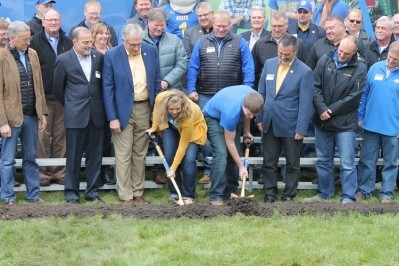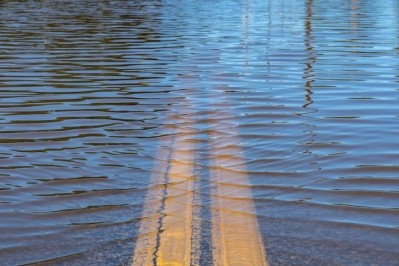Researchers track climate change risk to feed crops, animal production in US

A project to assess regional climate change vulnerability, potential adaptations and mitigation strategies in the US has tracked potential risks to feed crops and agricultural production, said Daniel Geller, agricultural engineer with the University of Georgia, in the US.
One goal of the initiative is to translate the regionally collated data and present it to agents who work in regionally to help farmers be better prepared, he said.
"We need to look at this from a risk standpoint – what we’re going to see is extended drought and then too much rain," said Geller.
Risk and opportunity
Drought and heavy rain events aren’t the only events, said Geller. The researchers also anticipate increased flooding and spreading wild fire.
Animal producers also may need to take steps to address heat, he said. “The big issue is the longer heating days and the warmer nights – [animals] may not get to cool off at night as they used to,” he added.
However, a potential benefit could arise from the longer growing seasons, he said, along with the opportunities for new plant types or varieties in regions as conditions change, said Geller.
“Growing regions are moving northward in the US,” he said. “So we’ve begun to look at 50 years from now and what the growing season may look like in Illinois or Tennessee, and [what] crops we’d look at if these growing region bands keep moving up.”
Pest management also will be a concern as weeds, insects and diseases unknown in some regions arrive, he said.
“We may lose old risk but we’ll have different risk and it will be up to the resilient farmers to adapt,” he added. “Having the head start and the warning is an advantage if we do this right.”
Preparation and mitigation
"Water and soil are going to be the two things to manage,” continued Geller.
“If we have healthy soils, then everything we do for that is going to be good for combating climate change,” he said.
The easiest step to take at this point is to look at practices like conservation tillage and the proper selection and use of cover crops, said Geller. Though he acknowledge conservation tillage is not appropriate everywhere.
The proper selection of what to use as a cover crop can make a difference and can alter feed formulation, said Geller. “Having the right crop is important – it’s very regionally specific,” he added.
For farmers or producers looking at pasture spaces the question is more likely to focus on what seeding may be done in an area, he said.
Efforts to manage water risk may be longer term projects and involve capital investment, said Geller. “Is too much water or too little water a problem? Yes. And, we’ll see them in the same growing season,” he added.
But it can be hard for producers to budget for infrastructure investments in the current volatile market and when margins are slim, he said. “The more we see these events happening, they may [have to] make the decision to shore up investment,” said Geller.
Water storage and infrastructure also may mean different efforts depending on the part of the US, he said. In the southeast, it could mean building water retention ponds, but elsewhere it could include installing a precision irrigation system and tracking field data.
Soil quality is also a part of that discussion, because in large rain events it will be important that soils drain, he said. “It’s a matter of getting the rain off the field when it happens and then having the water when [drought] happens,” he added.
However, the risks are potential events not guaranteed, he said. That is one reason why the group is starting to suggest practices that improve soil quality, which would benefit producers even if other risks do not take place.
“If you can illustrate the immediate benefit of things, if you start now you get benefits anyway and down the road,” said Geller. “It’s coming back to practices that have added benefits – maybe you’re breaking even on the investment your hedged but you’re still not losing money.”











